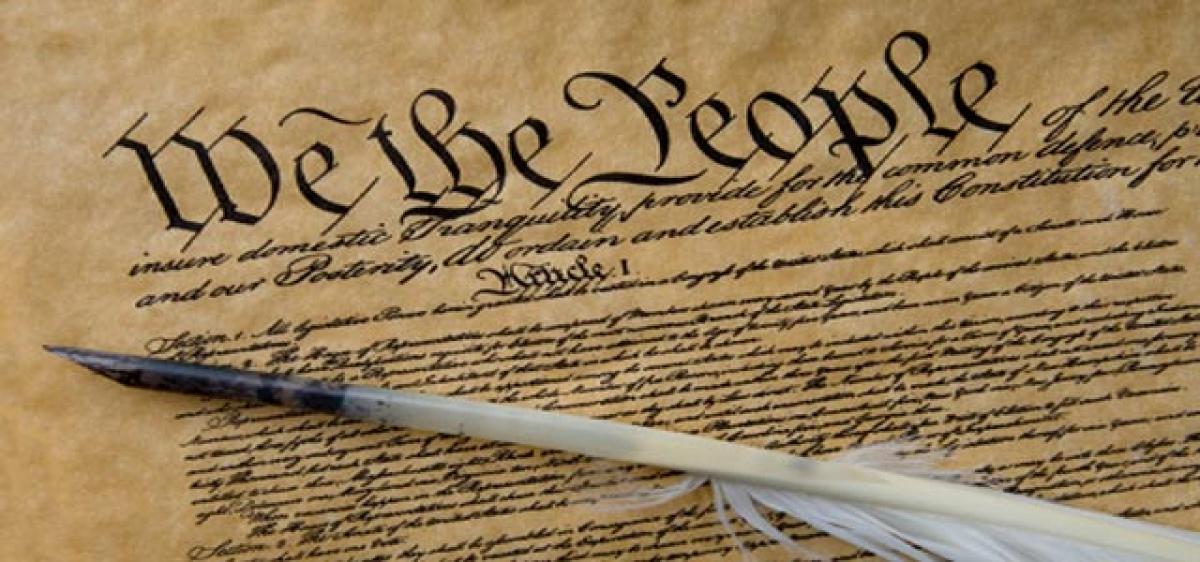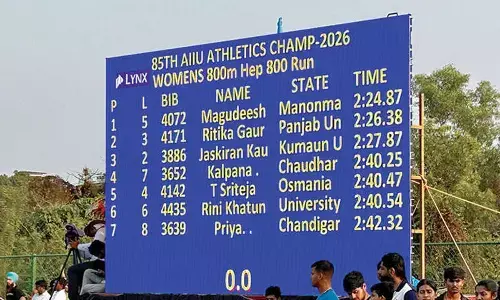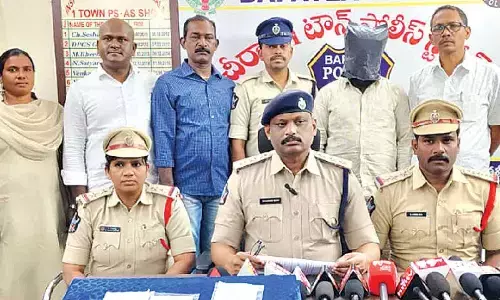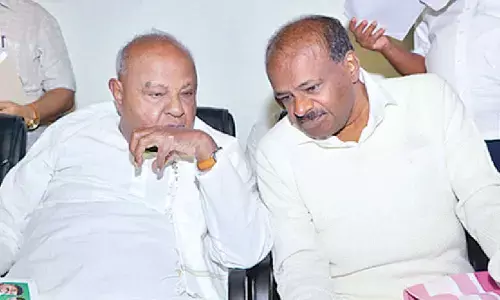Historical background of Indian Constitution

The British company known as English East India Company came to India in 1600 AD as traders.The Company has exclusive rights to trade in India. In the year 1765 the East India Company obtained “Diwani” (Rights over revenue and civil justice) of Bengal, Bihar and Orissa.
The British company known as English East India Company came to India in 1600 AD as traders.
The Company has exclusive rights to trade in India. In the year 1765 the East India Company obtained “Diwani” (Rights over revenue and civil justice) of Bengal, Bihar and Orissa.
After the Sepoy mutiny in the year 1858, British crown assumed direct responsibility for the governance of India. Continued up to August 15, 1947, after India is a free India. (India got independence).
The Regulating Act of 1773
The first step taken by British Government to control and regulate East India Company affairs in India. The political and administrative functions of the company were recognized for the first time. It laid the foundation of central administration in India.
Features of 1773 act
The Governor of Bengal was designated as the Governor-General of Bengal and the Executive council of the 4 members was created to assist the Governor-General.
The first Governor-General of Bengal was Lord Warren Hastings.The 1773 act made the Governors of Bombay and Madras presidencies subordinate to the Governor-General of Bengal.
The act provided for the establishment of Supreme Court at Calcutta in the year 1774. The Supreme Court comprised of a Chief Justice and 3 other judges.
The act prohibited the servants of the company from engaging in any private trade or accepting presentations (gifts) or bribes from the natives (local people).
The 1773 act strengthened the control of British government over the company by requiring the court the Directors to report on its revenue, civil and military affairs in India.
Note: The 1781 act of Settlement – passed by the British parliament to rectify the defects of 1773 Act.
Pitts India Act of 1784
The Pitts India act distinguished between commercial and political functions of the company.
The Court of Directors entrusted with the responsibility to manage commercial affairs of the company. The Board of control was entrusted with the responsibility of political affairs.
Thus the Pitts India act established the dual (double) government. The company territories in India were for the first time called British possessions in India.
Charter Act of 1833
This is the final step towards centralization of power in India. The Governor-General of Bengal was made the Governor-General of India. The first Governor-General of India was Lord William Bentinck.
The act provided for the company’s territories in India were held by it in trust for His Majesty, his heirs and successors.
The superintendence, direction and control of whole civil and military government of all the British territories and revenues in India was expressly vested in ‘The Governor General of India in Council”.
For the first time the Governor-General’s government was known as the Government of India. The council was known as ‘Indian Council”. The council was enlarged for legislative work by the addition of a Law member in addition to the existing three.
This act attempted to introduce a system of open competition for selection of civil servants.
Indians were not debarred from holding any place, office and employment under the company, but negated because of the opposition from the court of directors.
After the Sepoy Mutiny of 1857, in 1858 Act known as “The act for good government in India” came in to force.
Indian Councils Act
Montague –
Chelmsford reforms (The Government of India Act, 1919): The diarchy was introduced at the provinces and not at the centre.
Simon Commission 1927
The Simon Commission was appointed by the British Government in November 1927.
This was a 7 member Commission. The Chairman of the Commission was Sir John Simon. The purpose of the commission was to report on the condition of India under the new constitution (GOI 1919).
All the members of the committee were British. Hence all the parties boycotted the Commission. The Simon Commission submitted the report in the year 1930. The Simon Commission recommended for the abolition of diarchy.
Three Round table conferences 1930-1932
Dr. BR Ambedkhar was attended 1st, 2nd and 3rd round table conferences. Mahatma Gandhi attended the second round table conference only.
Communal Award of 1932
The recommendations of the Dr. BR Ambedkhar, on August 4, 1932 the communal award was announced by Ramsay MacDonald (The then British Prime Minister).Gandhi opposed and began indefinite hunger strike in Yeravada jail (Pune, Maharashtra) against the separate electorate for Scheduled Castes.
Poona Pact of 1932
An agreement between the Dalits (Then called depressed classes) of India led by Dr.B.R.Amdedkar and the upper caste Hindus of India that the seats reserved for the depressed classes.
The Government of India Act 1935
The act divided the powers into
g Federal List (59)
g Provincial List (54)
g Concurrent List (36)
The Act introduced bicameralism (2 house, Upper and lower) in 6 out of 11 provinces. The act provided for the establishment of Reserve Bank of India (RBI) in the year 1935 at CalcuttaandThe Federal Court was set up in the year 1937 in Delhi.
The Indian Independence Act of 1947
Lord Mountbatten became the first Governor-General of independent India. Jawaharlal Nehru was sworn in as the first Prime Minister of India.
Muhammad Ali Jinnah became the first Governor-General of Pakistan. The act ended the British rule and declared India as an independent and sovereign state from August 15, 1947. It provided for the partition of the country into India and Pakistan.
The office of Viceroy was abolished and provided for the Governor-General for each dominion (India and Pakistan) appointed by the king.
The act empowered the constituent assemblies to frame and adopt any constitution.The Indian Independence Act granted freedom to the princely states either to join India or Pakistan or to remain independent.
Constituent Assembly
An idea for a Constituent Assembly of India was proposed in 1934 by M. N. Roy, a pioneer of the Communist movement in India and an advocate of radical democracy. It became an official demand of the Indian National Congress in 1935.
The constituent assembly constituted in November 1946 under the scheme formulated by the CabinetMission plan. The Constituent Assembly met for the first time in New Delhi on 9 December, 1946 in the Constitution Hall which is now known as the Central Hall of Parliament House.
Constituent Assembly declares its firm and solemn resolve to proclaim India as an Independent Soverign Republic and to draw up for her future governance of India.

















